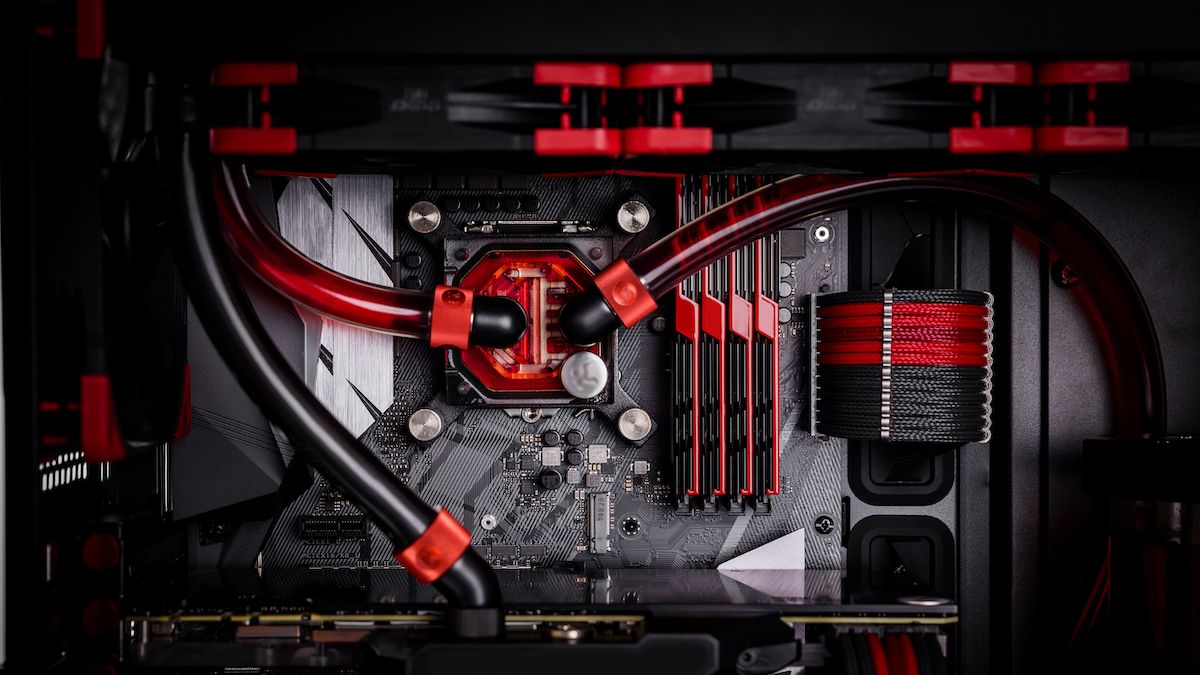Nowadays, it seems like many PC hardware upgrades are mostly iterative, incremental upgrades. Other than a few extra cores, or faster-clocked cores, we're not getting anything truly exciting or earth-shattering. What ever happened to the good old days?
PCs in the 2000s
I'm probably one of the youngest writers on this site, and I'm part of Generation Z, so most of the big moments of that era's PC space happened when I was a kid. Still, I've always been a nerd, and the first gaming PC I managed to get my hands on was an Intel Pentium 4 powerhouse that belonged to my uncle. I also remember asking my parents multiple times to buy me a PC with an Intel Core 2 Duo CPU.
Sadly, I never got one --- my first personal PC was an Acer netbook that is somehow still alive today. But multi-core chips were all the rage in the 2000s, and it was a centerpiece to a grueling fight between Intel and AMD to see who could do things better.
AMD did 64-bit processors first with the Athlon 64 in 2003, then Intel and AMD both launched their own initial dual-core offerings with the Pentium D and the Athlon 64 X2 in May 2005. Then, Intel got ahead with the first quad-core CPU, the Intel Core 2 Quad, in November 2006. We went from single-core chips to having four processing cores in a single CPU in just a year and a half.
As you can imagine, many of these launches went pretty roughly. The Pentium D was infamous for being slow and running hot, and it's largely considered to be one of Intel's most disastrous launches of all time. But once those issues were smoothed out, we were left with amazing, high-performing chips.
Cut to 15 years later, quad-core CPUs, and even dual-core ones, are still prevalent in many laptops and PCs.
Where Did Things Go Wrong?
To make the story short, one of the two fierce competitors, AMD, started releasing chips that didn't hold a candle to Intel's alternatives, slowly making it fall out of favor with enthusiasts and, eventually, average users. Intel was then left as the only major player in the desktop CPU space, and innovation and competition seemed to slow way down.
A lot of Intel CPUs from the early to mid-2010s were basically just incremental innovations. We didn't get higher core counts, and in many cases, we weren't even getting huge performance increases. This trend continued for a long time. In 2017, the 7th-generation Core i7-7700K, Intel's cream of the crop at that time, was... still a quad-core.
The CPU Competition Is Heating Up Again
Intel's throne was shaken up with the launch of AMD Ryzen in 2017, bringing the core increases people were waiting for. And Intel immediately reacted with the launch of hexa-core CPUs, and further increases in core counts in later years. But even then, in 2021, the company's top 11th gen offering, the Core i9-11900K, was still an octa-core.
Luckily, it seems Intel has finally gotten the hang of things again. The 12th-gen CPUs that were launched in late 2021 had a new P-core and E-core system, with the 13th-gen continuing this trend --- the Intel Core i9-13900K has a whopping 24 CPU cores. AMD's Ryzen 7000, launched in 2022, is basically a continuation of what the company was doing with the previous generation, but we don't doubt that AMD will have a proper answer to Intel's hardware soon.
And maybe, just maybe, another PC war will unleash when that happens --- and result, once again, in PC upgrades being massively exciting.
